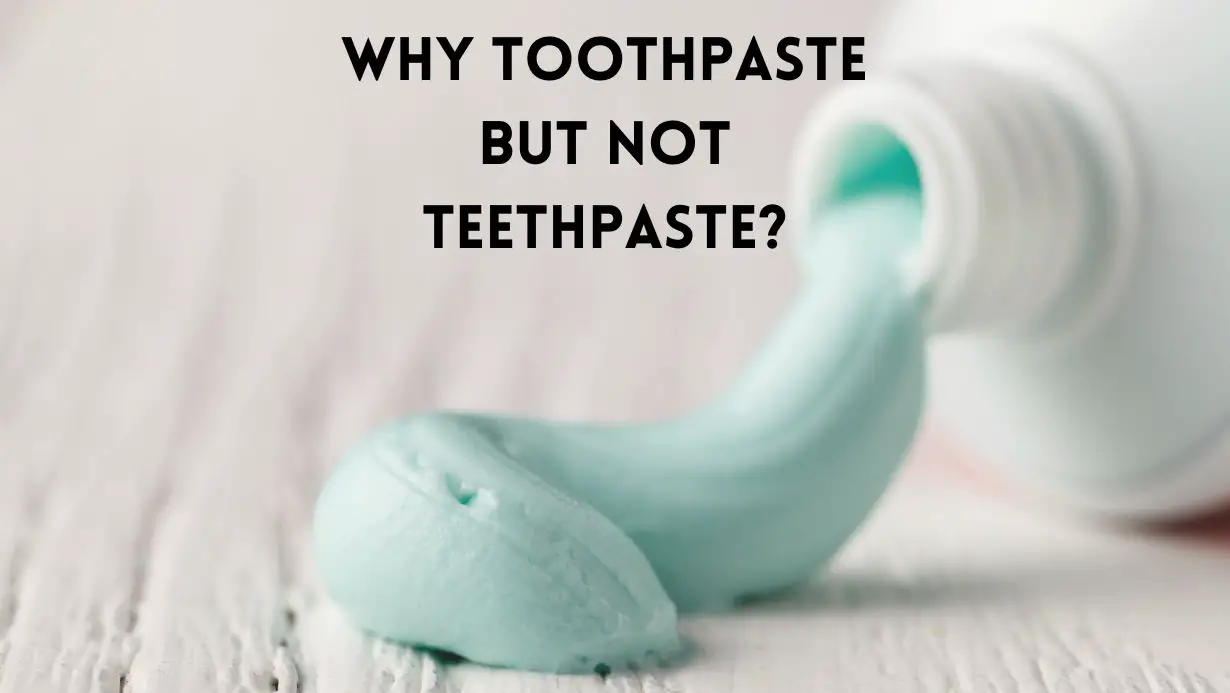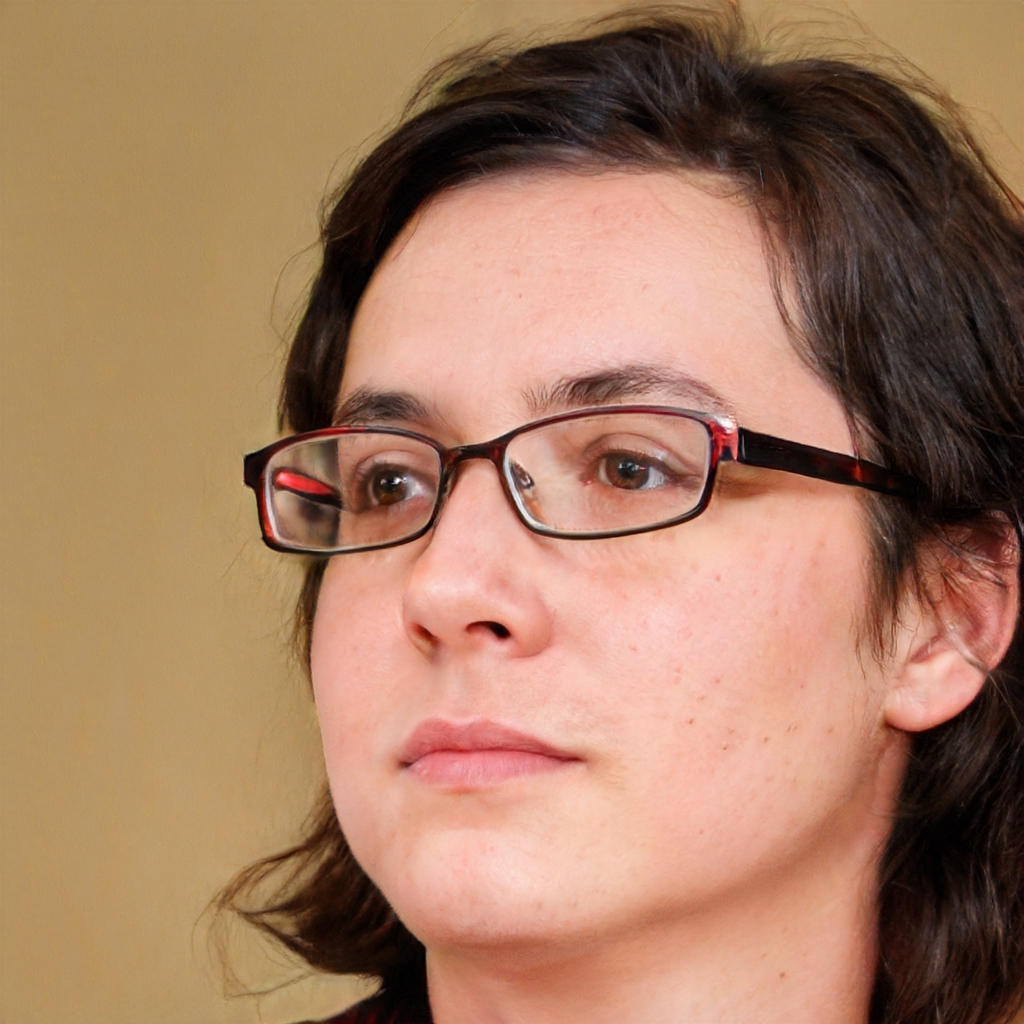
Have you ever wondered why toothpaste is called toothpaste and not teethpaste? It’s a question that might seem silly, but it actually has an interesting history behind it. The word “toothpaste” first came into use in the early 1800s, when people started using abrasive powders to clean their teeth.
The word “teethpaste” didn’t come into use until around the 1950s, when fluoride was added to toothpastes.
So why did the name change? It’s actually because of marketing. Since fluoride was a new addition to toothpastes, companies wanted to highlight it in the name to make it seem more appealing to consumers.
And so, teethpaste was born. While the name change might seem like a small thing, it actually says a lot about the power of marketing. Companies can use words and language to influence our perception of their products, even something as simple as toothpaste. So the next time you see a product name, take a closer look and see what message the company is trying to send.
What is toothpaste?
Toothpaste is a paste or gel dentifrice used with a toothbrush as an accessory to clean and maintain the aesthetics of teeth.
Toothpaste is used to promote oral hygiene: it is an abrasive that helps remove dental plaque and food from teeth, and it also freshens breath.
The first toothpaste was made by the Egyptians in 4,500 BC.
Toothpaste typically contains fluoride as an active ingredient to help prevent tooth decay.
Should ‘toothpaste’ Be ‘teethpaste’?
The English language is always evolving, and new words are added to dictionaries all the time. However, some people feel that certain words should be changed to be more grammatically correct. One of these words is “toothpaste.”
Some people argue that “toothpaste” should actually be “teethpaste.” This is because the word “toothpaste” is a compound word made up of two smaller words: “tooth” and “paste.” When you compound two words, the correct grammar would be to use the plural form of the first word, which in this case would be “teeth.”
However, other people counter that argument by saying that “toothpaste” is already an established word and changing it to “teethpaste” would just cause confusion. They point out that many other compound words use the singular form of the first word, such as “sunblock” and “haircut.”
So, what do you think? Should “toothpaste” become “teethpaste”? Or should it stay the same?
Why is toothpaste called toothpaste and not teethpaste?
Toothpaste is a type of paste or gel that is used to clean and maintain the health of teeth. It is usually made from a combination of ingredients such as water, abrasives, fluoride, and detergents.
Toothpaste is not called teethpaste because it is not meant to be used on all of the teeth at once. Instead, it is meant to be used on a toothbrush to clean one tooth at a time.
Why Isn’t It Teethpaste?
English is a complicated language, and this has led to some strange patterns that don’t make sense when considering the word’s use. For instance, why is it toothpaste instead of teethpaste? The short answer is that English is mysterious. The long answer might be explained by the following compound words-we generally use singular verbs for words representing an item that can be used on one hand or side: hairbrush, footstool, armchair, bookcase.
There are a few reasons why toothpaste is not called teethpaste.
First, “toothpaste” is a more common word than “teethpaste.”
Second, “toothpaste” is easier to say than “teethpaste.”
Third, “toothpaste” is a more familiar word to most people than “teethpaste.”
Finally, “toothpaste” just sounds better than “teethpaste.”
Is Toothpaste Countable Or Uncountable
There is no definitive answer to this question as it depends on how you view toothpaste. If you view it as a liquid, then it is uncountable, but if you view it as a solid, then it is countable.
Toothpaste is typically sold in containers that hold a certain amount of fluid ounces or milliliters. This would lead one to believe that toothpaste is indeed a liquid and should be uncountable. But if we look at the physical composition of toothpaste, it consists of a paste-like substance that is usually white or off-white in color. This paste is made up of abrasives, fluoride, and other ingredients that help clean and protect teeth.
So, technically speaking, toothpaste could be viewed as either a liquid or a solid. If we take the view that toothpaste is a solid, then it would be countable (e.g., one tube of toothpaste, two tubes of toothpaste). However, if we take the view that toothpaste is a liquid, then it would be uncountable (e.g., some toothpaste, a lot of toothpaste).
How Do You Say Toothbrush Plural?
There are a few different ways that you can say toothbrush plural. The most common way is to simply add an s to the end of the word, making it toothbrushes. Another way that you can say it is by adding an apostrophe and an s, which would make it toothbrushes’. Either of these methods is considered to be correct.
What Do British People Call Toothpaste?
Most people in the United Kingdom refer to the substance that they use to clean their teeth as toothpaste, not teethpaste.
This is because the word toothpaste is derived from the French word for tooth, which is dent.
Paste, on the other hand, comes from the Latin word for paste or dough. Therefore, toothpaste literally means paste for teeth.
Conclusion
We hope you enjoyed our article on the history of toothpaste. Whether you use it to clean your teeth or just enjoy the taste, toothpaste is a product that has a long and interesting history. The next time you reach for a tube of toothpaste, take a moment to think about where it came from and how it became such an essential part of our daily lives.

Hi, This is Lyn, I suffer from dental sensitivity for a very long time. PowerToothpaste.com is where I share my views of various toothpaste brands, along with tips on how to use toothpaste and what to look for when purchasing.
